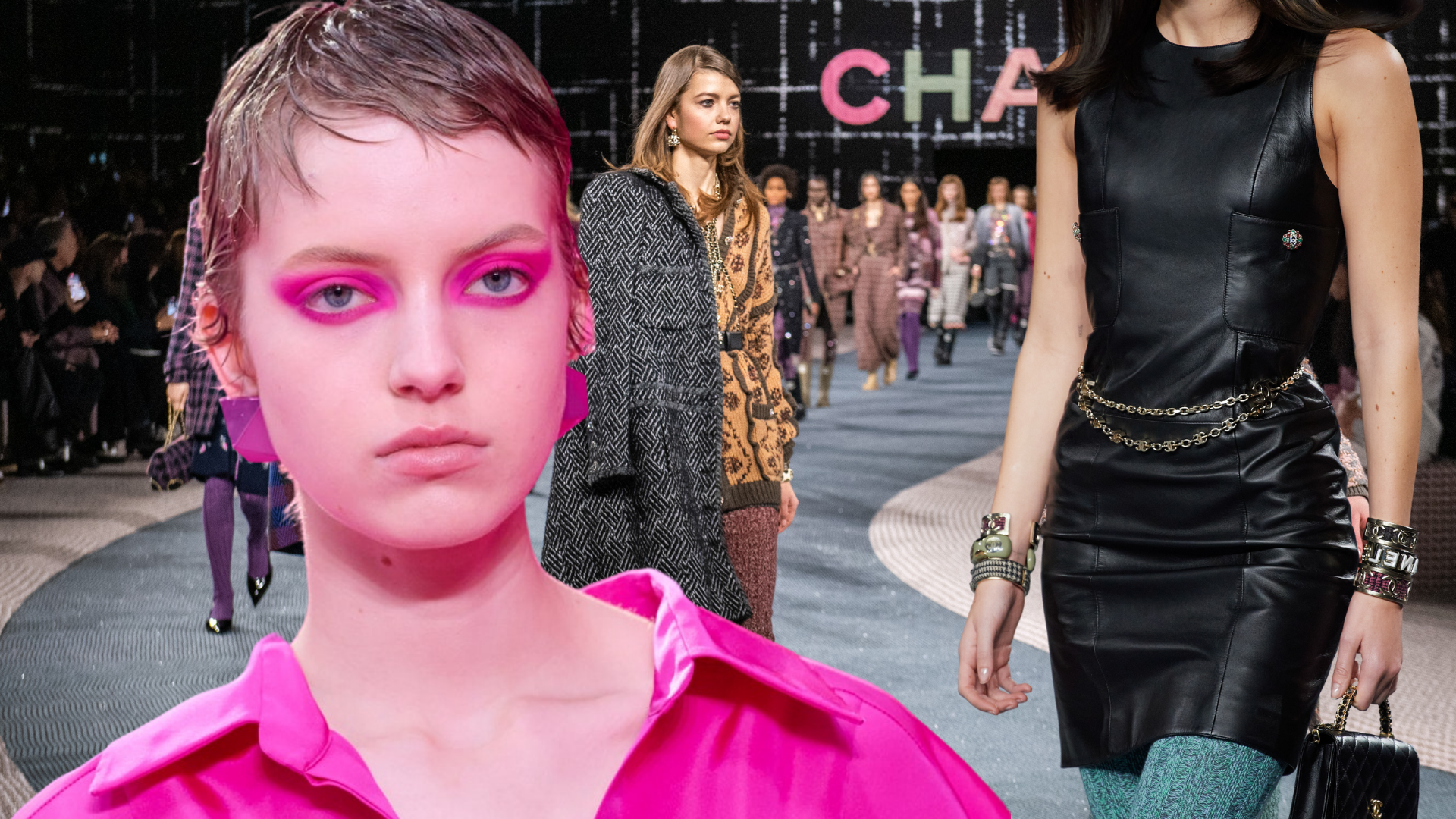2020 Macro Trend: New Age Internet
Since the outbreak of COVID-19, the fashion industry has been forced to re-examine nearly every aspect of its existence, including its relationship with digital technology. Lifestyle, wellness, and fashion offerings are pivoting to set up digital alternatives to fashion shows, museum installations, and travel. While the modern consumer is no stranger to online platforms, there’s a growing focus on our digital lives: what we wear, what our homes look like, and even how we present our digital selves to the world.
For young consumers growing up online, the internet is a world of self-creation and reinvention. Emboldened by diversification of influence and a rejection of outdated norms, Gen Z’s definition of self is much more fluid. Whatever facet of themselves they don’t express IRL, they simply broadcast online. Cultural voices like Grimes and Arca are leading the way by embracing their digital avatars and pushing the boundaries of gender, beauty, and identity. Accelerated by the strength of gaming culture, VR and AR are changing the visual language of today. Tinashe and John Legend are the latest artists to join the VR movement with June concerts as a part of One Wave, a new series rolling out throughout the summer from streaming platform Wave.
With in-person events canceled and indoor destinations closed, lockdown measures have accelerated a shift to digital alternatives. Many brands are turning to AR to boost engagement and conversion. Oliver Peoples added AR in Instagram Checkout so customers could preview the fit of frames, while Shopify introduced the ability for all merchants to add 3D models to product pages. Digital fashion house The Fabricant is making the whole concept more personal with the launch of its Leela platform, which allows users to “dress up their multiple selves in the non-physical world of digital fashion” by creating 3D avatars from their submitted selfies.
The catalyst behind a more connected future, the Internet of Things (IoT) is a complex ecosystem of physical objects that are connected and accessible through the internet. In just one year, we went from having five million IoT connected devices to a billion. By 2020, on average, people will have seven connected devices, according to Statista. The more data these devices collect, the smarter they become, and the better they can serve consumers by identifying patterns in usage.
We’ve already seen the arrival of technology that looks and sounds more human, and now, researchers are looking to our epidermis to develop technology that feels human. Mercedes-Benz unveiled an avatar- inspired concept car that was designed to feel more like a living creature than an automobile.“We didn’t want to create a car,” Mercedes-Benz Chief Design Officer Gordon Wagener said of the Vision AVTR concept at CES 2020, “we wanted to create something like a living organism.” Projects like this provide a unique glimpse into the future of tactile technology, showing brands how to navigate this blurring line between humans and technology.
Micro Trends
1. Online Persona
More informed and more aware than previous generations, Gen Z doesn’t fit into any one box, and they like it that way. When asked how they define their identity, 66% of Gen Z said through their style, and 65% said music. Brands must understand the multidimensionality of their customers and anchor their product offerings in cultural meaning in order to appeal to a generation that’s more concerned with self-exploration, digital creation, and social justice than the latest ploy for their attention.
2. Social Selling
As consumers spend more time online, they expect their shopping journey to reflect the same speed and convenience that they’ve grown accustomed to in the digital age. Instagram was one of the first to adopt social commerce, and now platforms like Facebook, Pinterest, and even TikTok are working to connect content and commerce. Social commerce may be uncharted territory, but the future will see more seamless in-app purchases, enhanced in-app search, multi-level integration with other apps, and livestream shopping.
3. Digital Digest
COVID-19 has only accelerated fashion’s already inevitable move to online mediums and highlighted the importance of digital alternatives to fashion shows, photoshoots, and live events. During this sudden, though not completely unexpected, jump to the digital world, brands must ensure that neither they, nor their consumers, get left behind. By humanizing online experiences, understanding limitations, and leveraging technology in a way that enhances the user experience rather than complicating it, brands have the opportunity to step into the digital future with their heads held high.
4. Connected Future
The Internet of Things (IoT) is a complex ecosystem of physical objects that are connected and accessible through the internet. In just one year, we went from having five million IoT connected devices to a billion, and by 2025 it is estimated that there will be 75 billion connected devices. While many tech solutions still play into the wow factor, it no longer feels like brands are innovating for the sake of innovation. Instead, they are becoming more ubiquitous to the user experience, and developers are going as far as imbuing technology with human-like capabilities and attributes.
If you’re interested in the full New Age Internet report and want to learn more about trends that are growing — and dying, please contact hello@trendalytics.co.


